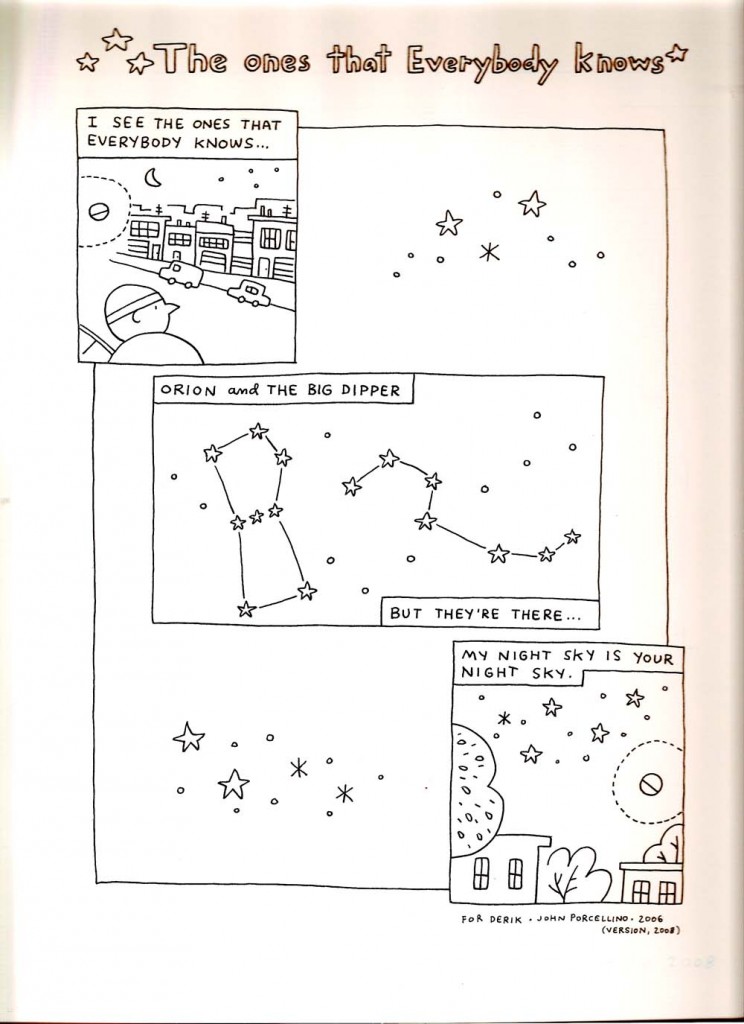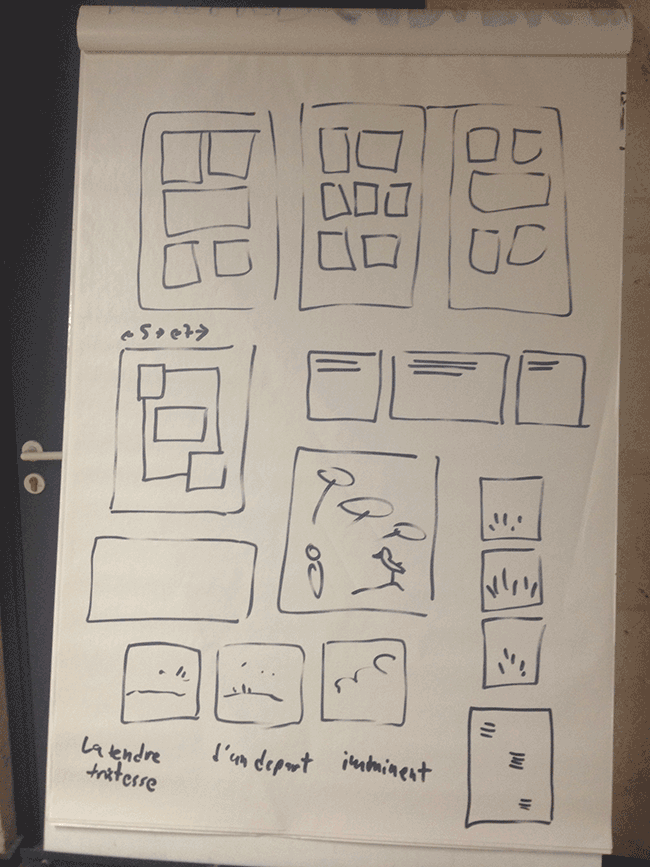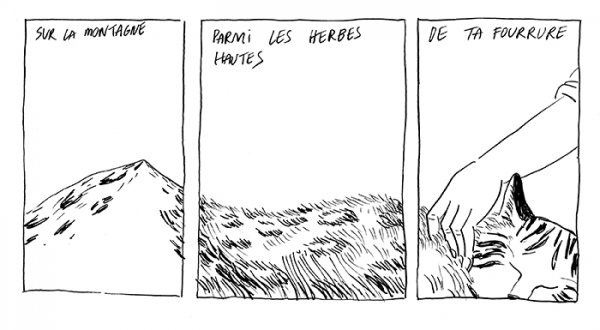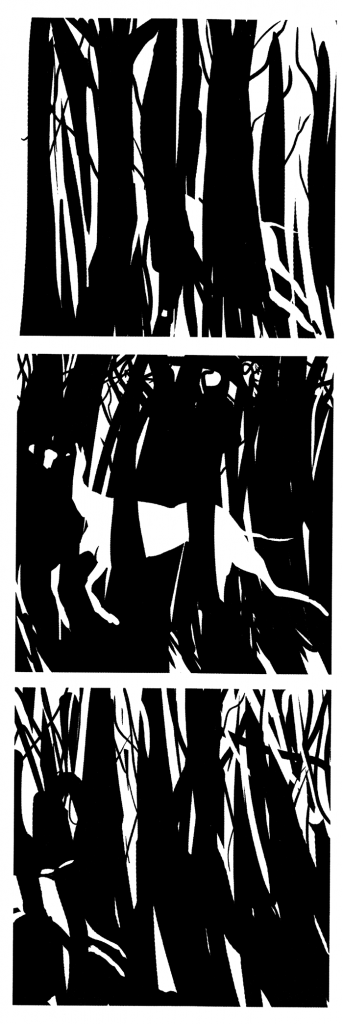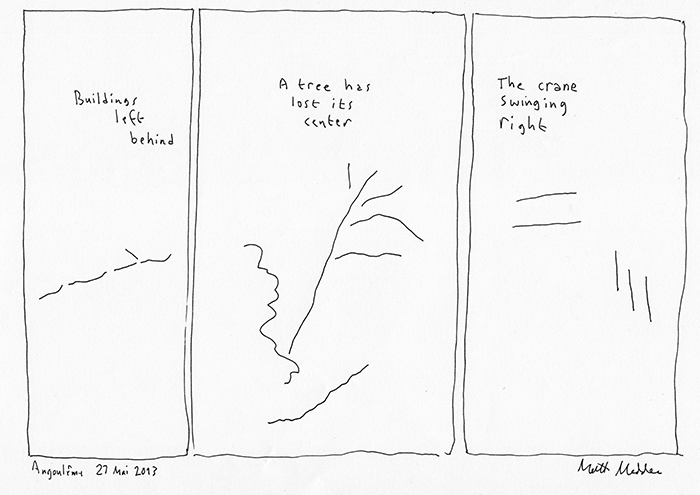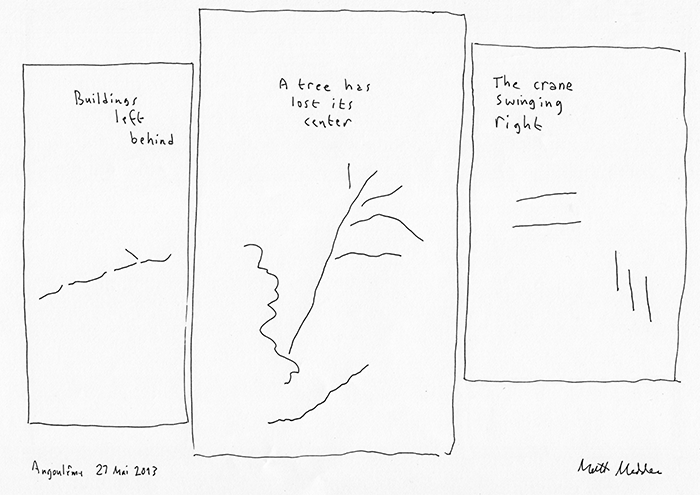Sometimes a glimpse of something is more compelling and inspiring than seeing the whole could ever possibly live up to. Italo Calvino explored this idea with his novels that end abruptly after the first channel in If on a Winter's Night a Traveler, leaving the reader's imagination floating in a kind of perpetual state of suspense and potentiality.
One of those little flashes that has stuck with me over the years is the fleeting appearance of wordless comics broadsheets in François Truffaut's 1966 adaptation of Ray Bradbury's Farenheit 451.
At various points in the film, set in a world where books and the written word are banned, we see characters reading what appear to be newspapers (or perhaps soap operas?) in the form of wordless comics. They're meant to be another sign of the decadence of this future world, a usage of comics which I find disappointing and doubly ironic: it gives comics and drawing short shrift but additionally I wonder if it can have escaped Truffaut that he was telling this story in another visual-dominant narrative medium?
The one hint I've found as to Truffaut's intentions is from an interview in the Winter 1984/85 issue of Sight & Sound with Nicolas Roeg, who worked as director of photography on the film which he claimed "was a film very much to be ‘read’ in terms of images":
[Truffaut] realised that images were things to be read. Like the scene where Montag is sitting in bed with comics. Those comics were very carefully designed; they were a form of shorthand, so that the news could be read in pictures. The beauty of the language wasn’t what was important. It was like a rather intimate film where language means a lot, but we no longer have the language. So you virtually have to read the pictures. It implies there will come a time when people will still have all those emotions, but you have to read through other indications, other signs.
In any case, to me these pages are tantalizing. The art is jagged and modern, reminding me a bit of Bernie Krigstein, though there's pretty much no way he could have done job. The recent reissue of Guy Paellaert's Adventures of Jodelle from that same era makes me wonder if he might not have been the artist on these pages. If anyone knows, please let me know. The fact that the pages are wordless and glimpsed in flashes only add to their mysterious allure. I even love the washed-monochromatic color scheme. They linger in my brain like the comics I some times encounter in dreams.
And notice how they seem to show a mob forming in the last few panels?!
(It's worth noting in passing that cartoonist Tim Hamilton did a very good adaptation (with Bradbury's blessing) a few years ago.)
[Update: Someone on Facebook pointed me to this examination by critic Jessie Bi of the use of comics in the film from the French film blog Du9.]
all images are screencaps from a DVD of Farenheit 451
Read more...













